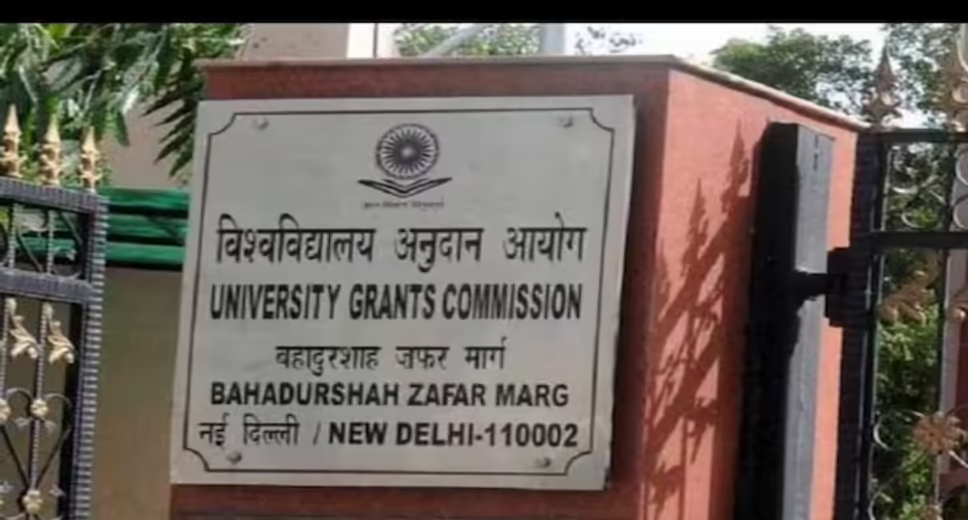UGC proposes norms to connect artists to higher education

The University Grants Commission (UGC) has recently issued a new set of guidelines for Higher Education Institutions (HEIs) to select and engage local artists or artisans as "Artisans-in-Residence" or "Kala Gurus." The main aim of these guidelines is to utilize the abundant creative talent and intellectual resources available in the country and enhance the quality of teaching, training, and research in HEIs. This initiative is also intended to bridge the gap between modern education and art and align with the National Education Policy (NEP) 2020 to cater to the needs of the expanding higher education system.
The Guidelines for Empanelment of Artists/Artisans In-Residence in HEIs lists various art forms such as handicrafts, pottery, music, dance, professional art forms, and others that are eligible for consideration. The tentative list of art forms includes Handicrafts like Pottery, bamboo art, terracotta, Madhubani, Pichhwahi, Charkha weaving, weaving, Dyeing, block printing, miniature painting, wood carving, hand embroidery, carpet weaving, calligraphy, Dastaan Goi, and others. The list also includes Music forms like Classical Music, Semi-classical, Light, Modern Music, and Folk music and instruments, among others. Moreover, various Dance forms like Kathak, Bharatnatyam, Manipuri, Chhau, Odissi, Mohiniyattam, Kathakali, and others are included. Other art forms such as Painting, textile, drawing, printmaking, sculpture, ceramic, calligraphy, photography, installation, and others are also considered.
The guidelines specify three levels of empanelment criteria based on the level of experience of the artists. Level I: Guru (Artist/Artisan) - No age limit, with a minimum of five years of experience in the field of expertise. Level II: Param Guru (Outstanding Artist/Artisan) - No age limit, with a minimum of ten years of experience in the field of knowledge. Level III: Parameshthi Guru (Eminent Artist/Artisan) - No age limit, with a minimum of 20 years of experience in the field of expertise, and must be a Padma awardee or the recipient of a prestigious honor at the national or international level.
As per the guidelines, the Artisans-in-Residence will be responsible for conducting lectures, workshops, demonstrations, and training programs to provide students with firsthand experience in various art forms. This initiative is expected to benefit students in improving their programmatic attainments with rich and varied backgrounds and experiences.
